UPDATE: New Casino Hotel Proposed for Historic Las Vegas Nightclub Site
Posted on: April 6, 2023, 01:44h.
Last updated on: May 1, 2023, 10:31h.
UPDATE: At the request of the developer of the proposed Harlem Nights resort, the Las Vegas Planning Commission delayed its April 11 vote on zone changes. The proposal will now be considered at the group’s June 13 meeting.
EARLIER: A Beverly Hills developer has proposed building a 60-story, mixed-use casino resort and residential complex on Las Vegas’ Historic Westside. The Las Vegas Planning Commission will review Shlomo Meiri’s proposal for the Harlem Nights resort and make recommendations at its meeting on Tuesday, April 11.
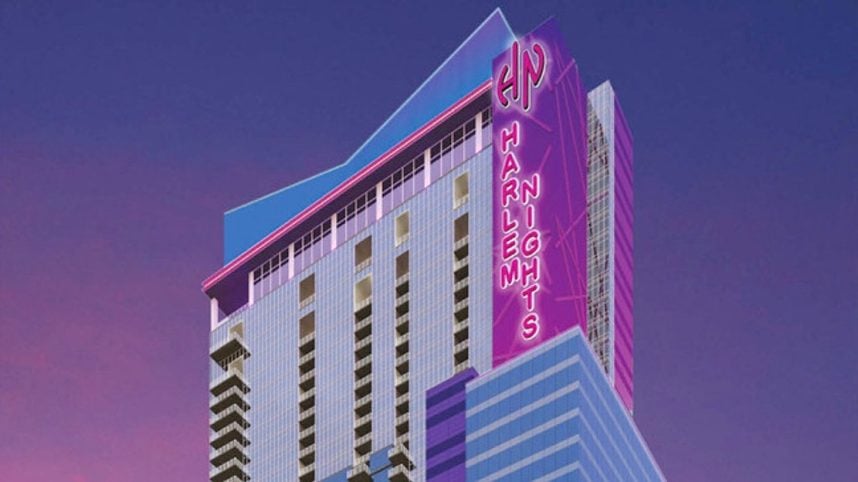
Mieri’s plans call for 764 hotel rooms and 458 residential units, a casino, a 900-seat theater, a rooftop bar, retail, and a restaurant. The price tag would hover around $700M, according to a report in the Las Vegas Review-Journal.
The project’s name comes from the 1989 Eddie Murphy and Richard Pryor film, which depicts New York City’s famed African American community in the 1930s.
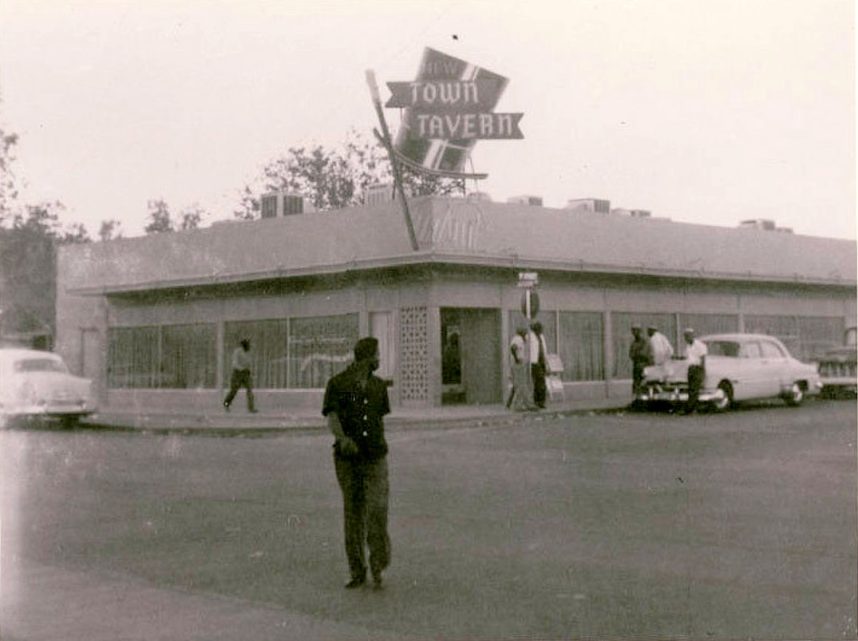
Site’s Storied History
The resort would be built on the nearly 2 acres Meiri owns at 600 West Jackson Avenue at the intersection of F Street. That’s the former site of the storied Town Tavern. Opened on July 5, 1955, the 7,000 square-foot night club, which also featured blackjack and craps, was a hotspot for African American culture in the era before the desegregation of the Las Vegas Strip in 1960.
At first, the Town Tavern was overshadowed by the nearby Moulin Rouge, which became the nation’s first fully desegregated casino hotel when it opened 42 days earlier in the same community. A photo of two Moulin Rouge showgirls even made the June 20, 1955 cover of Life magazine.
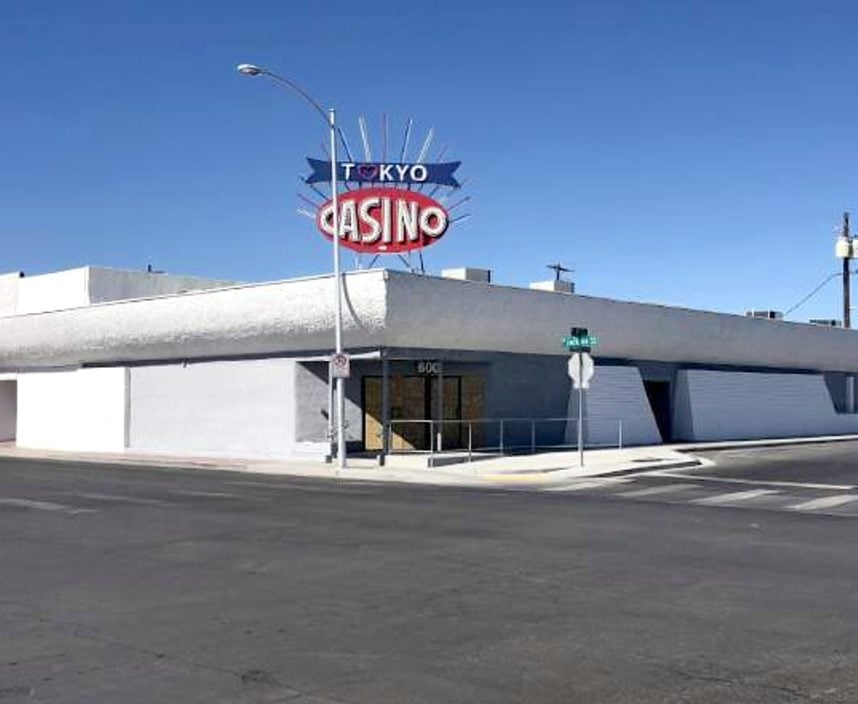
The Moulin Rouge operated for only six months before it closed under mysterious circumstances, leaving its legacy to be inherited by the Town Tavern. The Town Tavern became known for drop-in sets by legendary performers, including Louis Armstrong and the Ink Spots, and an audience that often included the likes of Cab Calloway, Chubby Checker, Nat King Cole, and Sammy Davis Jr.
The Town Tavern was renamed the New Town Tavern when different owners took over in 1959. It closed in 1970 but reopened in 1981 as the Ultra New Town Tavern, which featured 36 slot machines and two gaming tables. In 2003, a year after the death of its last owner/operator, the club’s roof collapsed. The building was deemed unsafe and boarded up by the city of Las Vegas in 2010.
Many Roadblocks Ahead
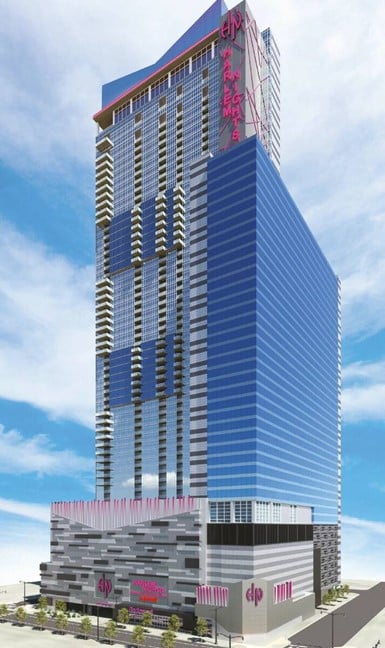
Approval of the Harlem Nights project is far from a slam dunk. In 2016, the Nevada Gaming Control Board rejected a proposal from the site’s previous owner, Steve Hayashi, to convert it into a casino resort featuring a 400-room hotel and 2,000-seat theater. The board expressed doubts that Hayashi brought adequate funding to the table to greenlight the $2B project.
The rejection reportedly came after Hayashi already spent $400K remodeling the Town Tavern. The building’s sign was changed to read Tokyo Casino, an enterprise that never opened there.
Serious concerns over the current proposal have already been raised by the city’s staff. The proposed height of its tower, 60 stories, requires an increase of 53 stories in the maximum height allowed in this airport overlay district, according to documents filed with the planning commission. In addition, an exemption to the area’s parking regulations and a public alleyway vacation would also be required.
A report by city staff members recommends denying all zoning changes other than the alleyway vacation. Staff wrote that the Historic Westside is in need of environmental upgrades and social services, and that a 60-story building would be “out of character with the surrounding area.”
“Neither growth nor development factors in the surrounding community indicate a need or appropriateness for this rezoning,” the report states.
Related News Articles
Boyd Gaming Stock Draws New Bull Coverage
Las Vegas Uses Tomorrow’s Robots as Today’s Servers
Most Popular
The Casino Scandal in New Las Vegas Mayor’s Closet
This Pizza & Wings Costs $653 at Allegiant VIP Box in Vegas!
Sphere Threat Prompts Dolan to End Oak View Agreement
MGM Springfield Casino Evacuated Following Weekend Blaze
Most Commented
-
VEGAS MYTHS RE-BUSTED: Casinos Pump in Extra Oxygen
— November 15, 2024 — 4 Comments -
Chukchansi Gold Casino Hit with Protests Against Disenrollment
— October 21, 2024 — 3 Comments
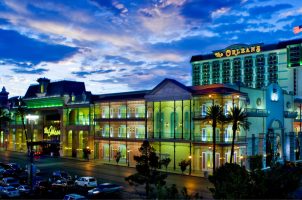

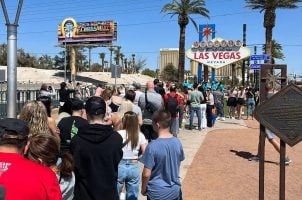











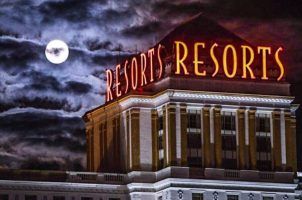

Last Comment ( 1 )
I am an 208 Madison Av Owner and am in favor. Of this project & will be happy to volunteer my services to help make it a success. 89106